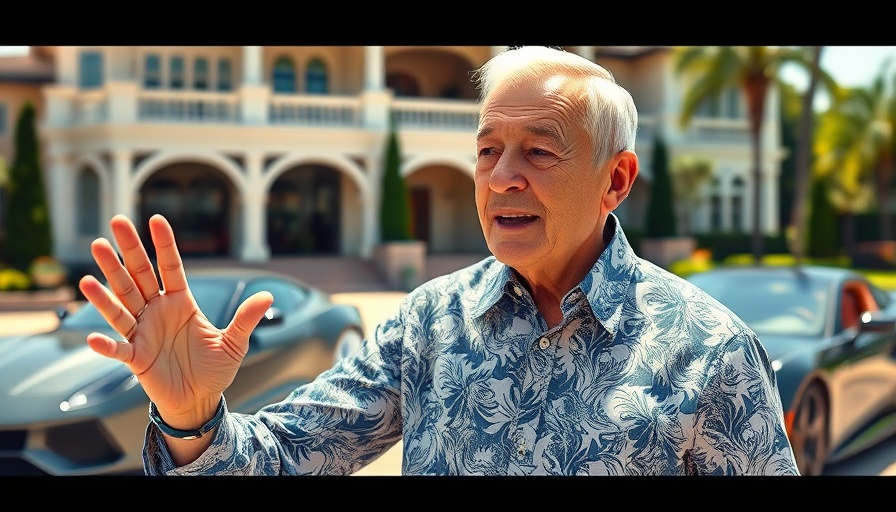Introduction: What If Every Service You Offered Changed a Life?
Imagine if every time a guest walked out of your spa feeling relaxed and renewed, someone else in the world felt a little hope return to their day—because of you.
That’s the kind of ripple effect Blake Mycoskie created when he founded TOMS Shoes, a company built on one radical idea: for every product sold, another would be given to someone in need.
What started as a simple observation during a trip to Argentina—children running barefoot through rocky streets—sparked a movement that would change how we think about business, giving, and brand loyalty.
Mycoskie didn’t just launch a shoe company. He rewrote the rules of entrepreneurship by asking, “Why not help someone every time we make a sale?”
As spa professionals, we often lead with compassion—healing through touch, creating sanctuary, and promoting wellness. But what if your spa could also be a vehicle for larger impact? What if your business model didn’t just pamper, but also empowered?
In this story-driven feature, we’ll dive into how purpose-driven business models—like TOMS' iconic “One for One” approach—can inspire innovation in the wellness world. Whether you manage a boutique spa or a multi-location brand, the lessons Blake learned while building a global movement from a humble idea can help you turn your spa into a mission-driven magnet for customers, community, and change.
The Spark: One Problem, One Powerful Idea
During a trip to Argentina, Blake Mycoskie witnessed something that stopped him in his tracks—children walking barefoot in rough, unsanitary conditions. Some couldn't even attend school because shoes were required as part of their uniform, and their families couldn’t afford them.
That single realization sparked a big idea. Instead of starting a charity, Blake—an entrepreneur at heart—envisioned a business model that could fund the giving through sales.
“To me that just seemed ridiculous,” he said. “If I can afford to buy a pair of shoes, how great would it be to buy a pair and give a pair?”
For spa owners, this raises a compelling question: what’s a simple but meaningful problem you can help solve through your services or retail?
Could a portion of a facial package support skin care education for teens in underserved communities? Could you ‘give back’ with every massage?
From Empathy to Enterprise: Building the 'One for One' Model
Instead of relying on traditional charity—which Blake saw as unsustainable—he built TOMS as a business from day one. The idea was to integrate giving directly into the business model, not tack it on as a side project. He launched TOMS with the goal of helping just 250 children. Within a year, they’d donated over 10,000 pairs of shoes.
“It was a very simple idea,” Blake shared. “Buy one, give one. It’s not rocket science.”
For spas, integrating giving doesn’t mean sacrificing profit—it can actually enhance your brand and build loyalty. Imagine a treatment menu where clients can choose a service that supports clean water, healing touch for cancer patients, or care packages for caregivers.
Scaling with Story: How TOMS Grew Without a Marketing Budget
In the early days, TOMS had no money for marketing. What they did have was an incredible story—and that story spread like wildfire. From local interns to fashion magazines, everyone who heard about the One for One model felt part of the movement.
“What allowed us to break through… was the power of story,” said Blake. “It captivated people because they hadn’t seen anything like it.”
Spa professionals can harness that same power. Share the story behind your products. Highlight client transformations. Showcase community impact. People connect with authenticity—and that connection turns into long-term loyalty.
Facing Criticism, Embracing Change: Evolving the Business Model
As TOMS grew, so did the scrutiny. Critics pointed out that giving away shoes might hurt local economies. Instead of dismissing the feedback, Blake evolved. TOMS began supporting local manufacturing, starting factories in Haiti, India, and Ethiopia, creating jobs in the very communities they aimed to help.
“We listened to our critics and changed our model,” Blake explained. “Now we’re focused on impact—creating jobs and supporting long-term development.”
Spa owners can take this lesson to heart: feedback—especially the tough kind—can be a gift. Whether it’s sustainability, pricing, or customer experience, the most resilient spas are those willing to evolve.
Expanding the Mission: From Shoes to Eyewear, Coffee, and Birth Kits
What began with shoes expanded into a global movement. TOMS added eyewear (donating vision care), coffee (funding clean water), and bags (supporting maternal health with birth kits).
“It all goes back to the power of one,” Blake said. “One customer, one product, one person helped.”
This approach offers spa owners a blueprint for scalable impact. Could your product line or seasonal promotions fund mental health services or provide scholarships to future wellness professionals? Small shifts can have big impact when purpose is baked into every offering.
Conclusion: One Small Step, One Big Impact
TOMS began with one man, one idea, and one town in Argentina. Today, it's changed millions of lives. Not every business needs to be global to make a difference. Spa owners are already in the business of healing—why not extend that healing beyond your walls?
“Not everyone can build a big business, but everyone can make a small difference in their community.” – Blake Mycoskie
Start small. Tell your story. Build from your heart. Your spa has the power to be more than a business—it can be a movement.
Key Takeaways for Spa Owners and Managers
Your mission matters: Purpose-driven businesses build stronger, more loyal communities.
Start with what you see: Identify a real, human need in your community and explore how your spa can meet it.
Make giving part of the model: Integrate wellness and giving into your core services—don’t just bolt it on.
Tell your story: Use your website, social media, and word-of-mouth to share the impact your spa is making.
Be willing to evolve: Take feedback seriously, and don’t be afraid to shift your strategy to serve better.
Whether you’re a solo esthetician or managing a full-service wellness center, remember that big change starts with small, intentional steps. You don’t have to reinvent your spa to do good. You just have to begin—one guest, one treatment, one idea at a time.
 Add Row
Add Row  Add
Add 




Write A Comment